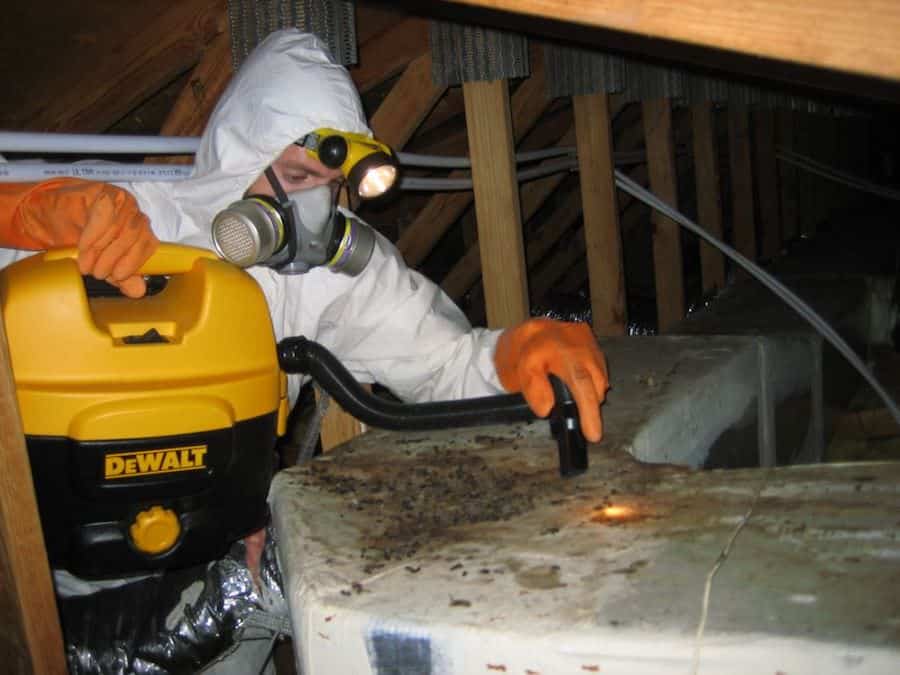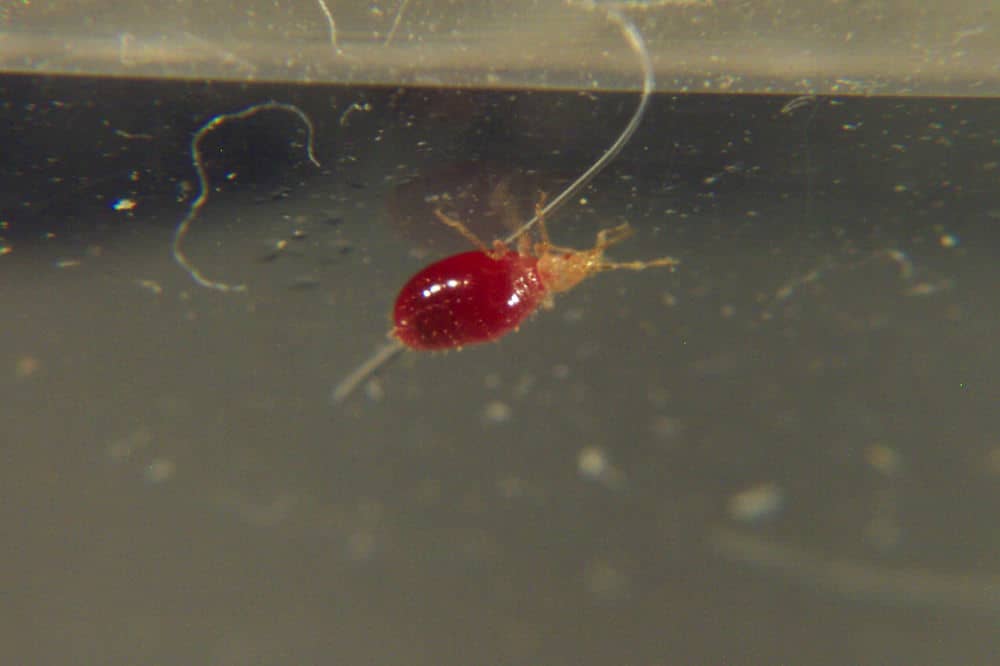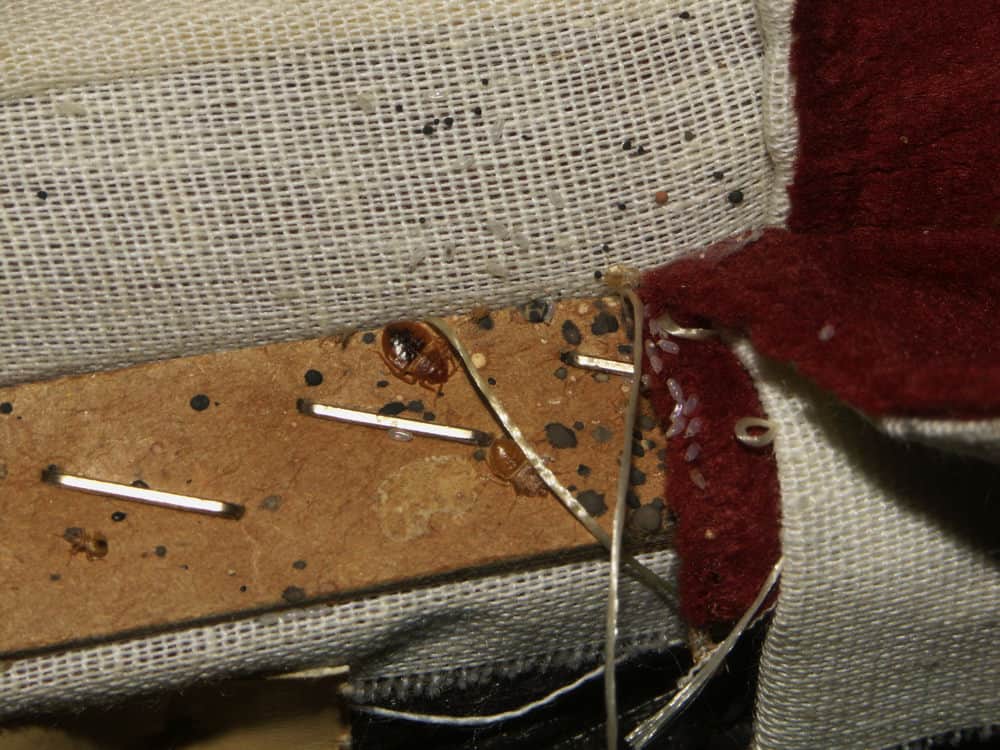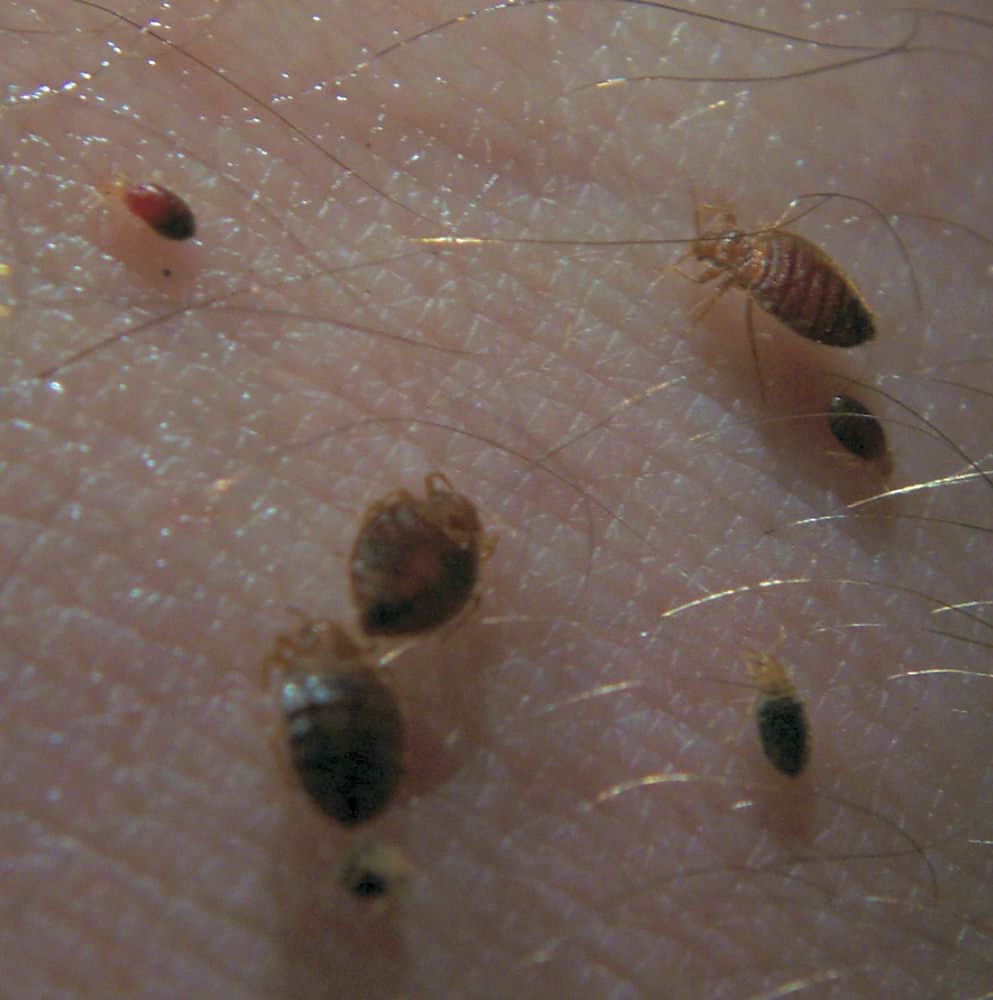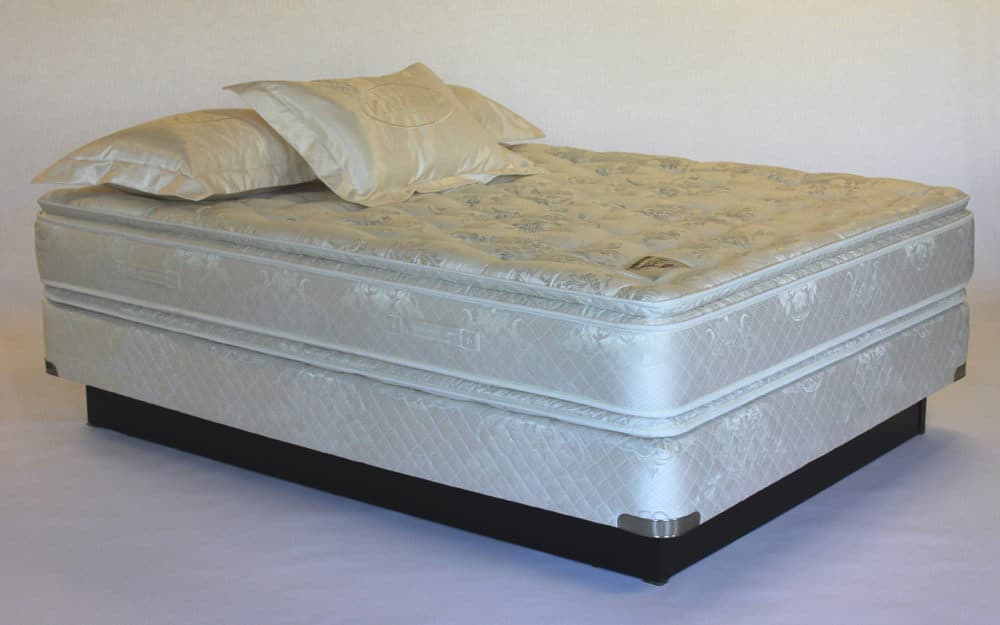How Long Can Bed Bugs Live? (Lifespan Guide)
Bed bugs are both common and gross (to most people), but because they’ve left us alone for most of the last half-century, not everyone knows how to deal with them effectively.
How long bed bugs live is a common question, in part because getting rid of a bed bug infestation can feel like it takes an eternity.
Bed bugs are a serious annoyance, but as far as household pests go, they’re not the worst thing that could happen to you. They reproduce slowly, only need to feed every once in a while, and don’t spread disease.
Think you have a bed bug infestation? Here’s what you need to know about how long they’ll likely hang around for.
How Long Do Bed Bugs Live on Average?
After mating, a female will lay eggs (about 1/16” long) into cracks and crevices, and other hiding spots. A single female will lay somewhere between 200 and 250 eggs during her lifetime, which is where the bed bug life cycle begins.
Fortunately, bed bugs reproduce slowly compared to other bugs. For reference, common houseflies lay 500 eggs across three or four days.
After laying dormant for a while, bed bug eggs will begin to hatch into tiny nymphs after six to ten days, and shortly after hatching, they’ll begin their first hunt.
These bugs live only on blood, meaning they can’t feed on bark, carpet, or bits of food like other insects might.
Once the nymphs get their first meal, they’ll shed their skin, or molt. They do this five times as they gradually grow into adults. This entire process often takes five to six weeks.
The nymphs need a blood meal at each stage in order to molt. Therefore, it can take longer for them to become adults if they’re struggling to find a meal between each shedding stage.
As adults, bed bugs will live for between six to ten months, but they can live for over a year in some cases.
Bed bugs don’t segregate themselves by age. If you have a bed bug infestation, you could have many generations of bed bugs living in your house, ranging in age from eggs to nymphs, to various stages of adulthood.
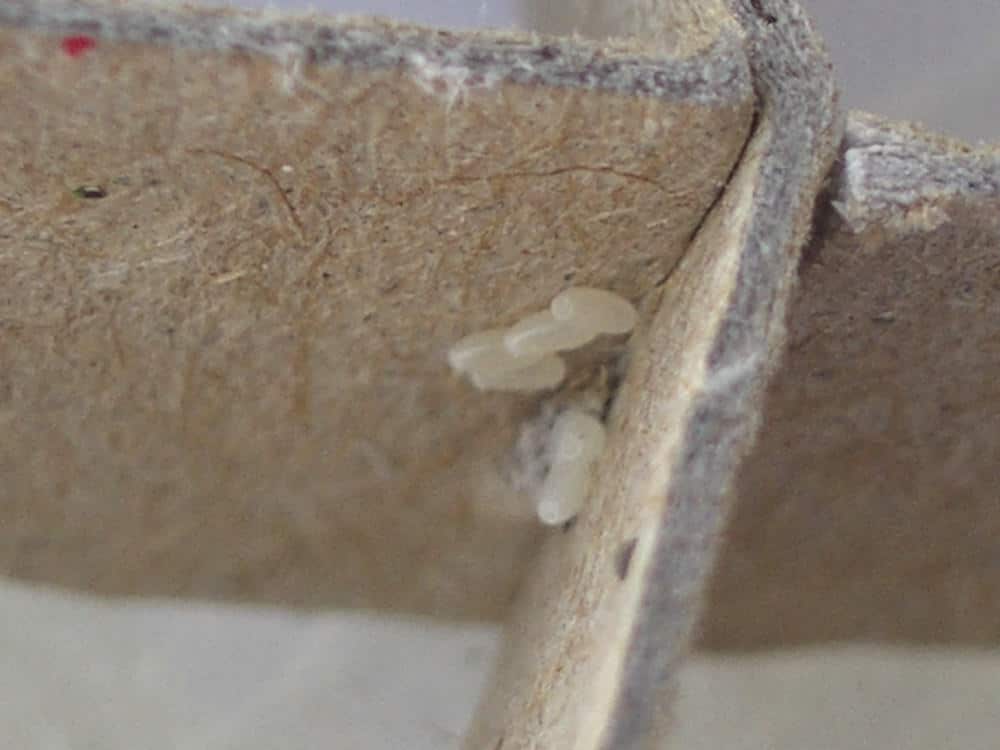
How Long Can Bed Bugs Live Without Feeding?
Bed bugs only feed on blood, and in normal circumstances, an individual bug will try to feed at least every four to seven days. This, combined with their slow reproduction cycles, is a good thing if you’re dealing with an infestation. It means that while a few bed bugs may be hungry, the rest will still be digesting their last meal.
In other words, the whole flock won’t come for you at once.
As they have such limited diets, they’re able to go significant periods of time without eating. If you were hoping that baby bed bugs would die of starvation if they hatch while you’re on vacation, you’re wrong. They’ll be there waiting for you when you get back.
An immature nymph (baby bed bug) can live anywhere from a few days up to a month without blood depending on other conditions.
Matured nymphs and full-grown adults can survive even longer. They’re built to go without food, and can engage their survival mode for an average period of around 3-4 months, while some have even been documented to survive for over 6 months (although all other living conditions besides the lack of food source must be perfect for this to happen).
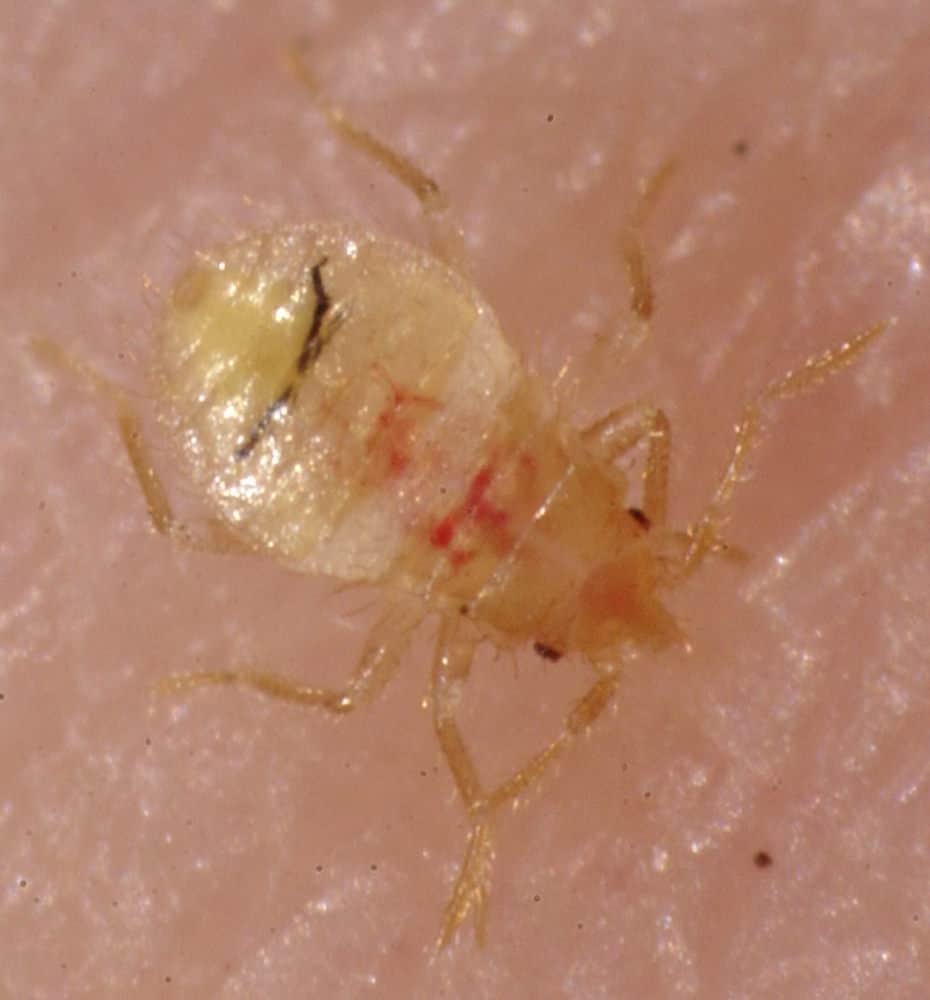
Factors That Affect Lifespan
Let’s break down the right conditions for bed bugs to thrive:
Temperature
A bed bug’s ideal environment is a place where the temperature hangs out between 65-85F. Think Aruba in December – it’s the same climate most humans find pleasing.
This is a sweet spot for bed bugs because they don’t like too much heat. Their aversion to hot climates is one of the reasons they’ll bite you to feed but won’t hang out in your hair or on your skin for much longer afterwards. Your body temperature and the ability of your hair to trap heat makes your inhospitable (thank goodness).
That doesn’t mean you can raise the temperature in your house and quickly kill them off. Their body temperature needs to reach 113F for roughly 90 minutes before they die, which means the room or container they’re in needs to be even hotter (the generally-accepted range being 117 – 122F). In short, you’ll need specialist equipment to wipe them out of your home completely.
If you’d like to go the heat-treatment route of getting rid of bed bugs, you can either hire a professional company to do the work, or if you have a small infestation where only a number of items are affected or areas are affected, you can buy a specialized bed bug oven for a much cheaper price.
My favorite way to heat household items to a temperature that is sure to kill all bed bugs and eggs without needing to purchase expensive pest control heat treatment is to use a ZappBug Heater, which is specially designed to kill all stages in the bed bug life cycle.
Simply place infested items into the ZappBug heater and it will automatically reach the all-important bed bug killing temperature, so you can be sure the items come out all-clear.
Large and small versions are also available.
A steamer can also be a great way of killing bed bugs and their eggs on impact. This is especially handy if the bugs are hiding in mattress seams or in deep carpet fibers.
If you’re looking for a powerful and reliable steamer for use against infestations and at a good price, the PureClean XL Rolling Steam Cleaner is a great choice. It’s heavy-duty, made to last, and produces a great covering of extremely hot pressurized steam – exactly what you want in order to kill insects and their eggs on impact.
This steamer can be used on a wide number of surfaces and objects, including mattresses, carpets, curtains, clothing, box springs, bedding and baseboards.
Bed bugs don’t like the cold, either, but it won’t kill easily them. If they encounter freezing temperatures for long periods of time, they’re more likely to die. If you put an infested mattress out in a Minnesota winter, you might kill the bed bugs, but you’ll also likely ruin your mattress.
Turning your thermostat down for a while won’t help. A household freezer isn’t even guaranteed to do the job unless you leave the bed bugs and eggs in there for a very long time.
In short, bed bugs like cozy environments, but they’re more than robust enough to see out short periods of extreme hot and cold temperatures.
Plus remember – bed bug eggs are even more robust when it comes to surviving extreme temperatures.
Food Supply
Bed bugs love an environment where food is always close by.
These insects can’t fly, and can only crawl a meter per minute, so they’re not exactly prime hunters. If food doesn’t come within reach, they’re not likely to get to it.
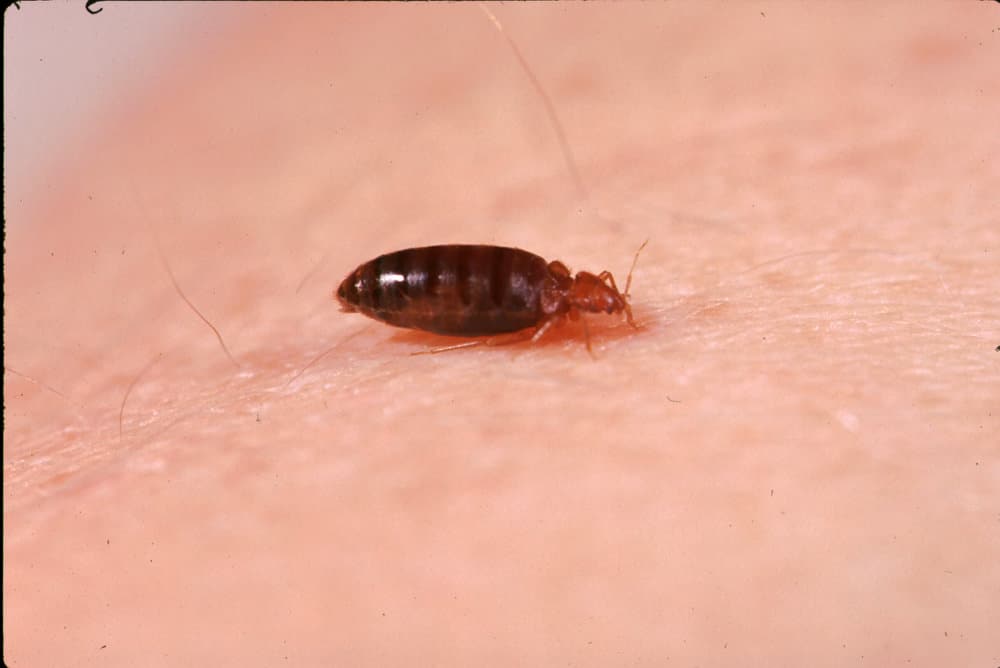
While they can live for many months without food, it’s best to assume they don’t necessarily want to.
Access to food (and comfortable temperatures) is why bedrooms make such great homes for bed bugs. Most bedrooms are kept at cozy temperate conditions. Plus, you sleep there every night, so they can feed without having to search too hard, or travel too far.
Even if you go on vacation, bed bugs can hang out in your bedroom until you get back and remain mostly unfazed due to not needing to eat that often.
Hiding Places
Bed bugs prefer to hide, and the messier your room is, the easier it is to go undetected.
They love cracks in the walls or floor, piles of laundry, stacks of junk, and anything else that makes a good nest or place to lay eggs.
As you are probably already aware, bed bugs also like to live on or around your mattress, which again, is why bedrooms make such a great home for these pests, and why you should always make a conscious effort to protect your mattress as best as possible.
My recommended mattress protector is the SureGuard Mattress Encasement. It’s thick, strong, comes in many different sizes, and is certain to help stop bed bugs of all sizes from getting to, or from, your mattress.
To make sure you’re covered from all angles, the SureGuard Box Spring Encasement and Pillow Protectors, along with the mattress protector, will go a long way in helping to combat the infestation, and should help to ensure you sleep a bit better at night, too.
With a good hiding place, a comfortable climate, and access to food, bed bugs can live for over a year, and leave a legacy of 250 more bed bugs in its wake.
If you have bed bugs, don’t reduce the clutter in your room by moving it to another room, you’ll probably move the bed bugs with it, helping them to spread throughout the house in the process.
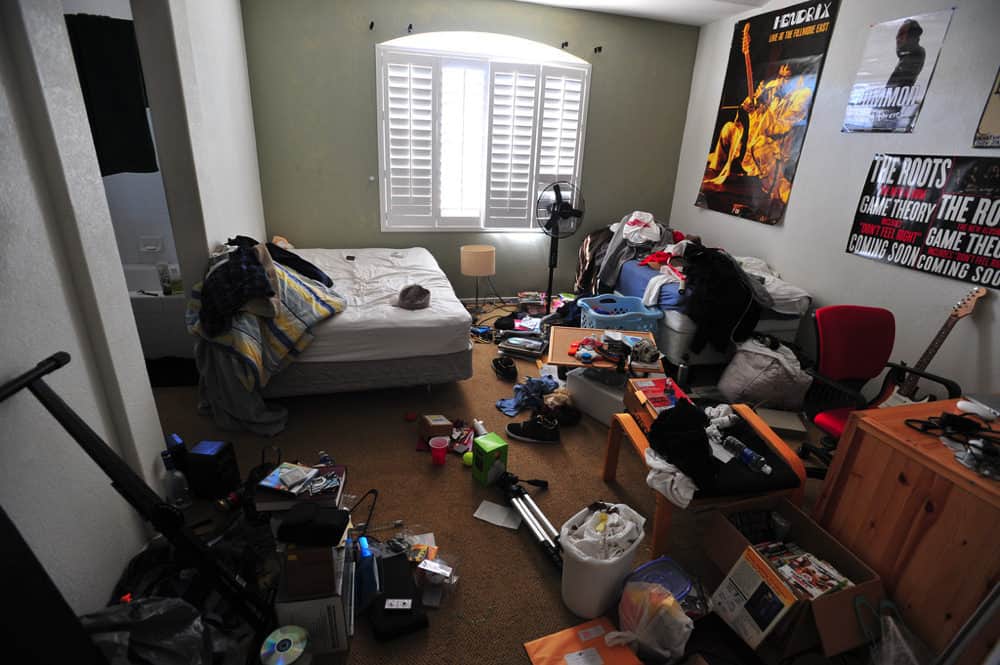
Any infested items should be put directly into a trash bag. Once the bag is full, it should be tightly tied up and put outside – NOT inside the house – to prevent inadvertently infecting another room.
Dirty Houses
This goes without saying, but if you don’t regularly wash your linens, vacuum your floors and generally keep things tidy, your bed bugs will thrive.
Vacuuming your floors, furniture, and all the suspected hiding places around the room will hopefully suck the bed bugs out. You’ll be able to get rid of them if you empty the cavity in your vacuum cleaner into a plastic bag and move it to the outside bin.
When it comes to choosing a vacuum in your fight against an infestation, you need a product that can be reliable, and one that is powerful enough to create secure suction deep within fabric and carpet fibers. And remember; it’s imperative you choose a vacuum that’s installed with a HEPA filter to ensure it’s impossible for insects to escape once captured.
My personal favorite for this sort of job is the medium-priced Shark Navigator Upright Vacuum, which easily ticks all of the boxes I’ve just mentioned, as well as being lightweight and easily maneuverable.
Regular laundry cycles can also help get rid of bed bugs. Don’t just wash and dry your sheets. Comforters, duvets, blankets, and shams should all be cleaned too if possible.
You’ll even need to clean your laundry basket while you do laundry. Otherwise, you could put your nice, clean sheets into a basket full of bed bug eggs.
Bed Bugs Live as Long as You Let Them
Bed bugs come with the territory if you live in a packed, urban space. Fortunately, they don’t live on our bodies and reproduce slowly.
At the end of the day, bed bugs will live in your house as long as you let them. By tidying up regularly, stopping them before they reach full-blown infestation mode, preventing them from moving room to room, there’s no need to even let them reach adulthood.
You create the conditions for bed bugs to live in – and you can take them away. If you’re struggling to get rid of bed bugs, don’t let it balloon. Ask for professional help and send those pests packing once and for all.

